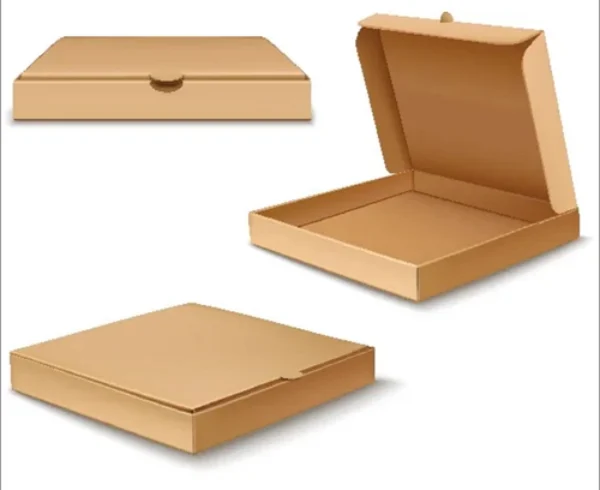What types of materials can be stored in these archival boxes?
Archival boxes are designed to provide safe and secure storage for a wide range of materials, including documents, photographs, artwork, textiles, and other types of items that require protection from the elements and the passage of time. Here are some of the types of materials that can be stored in archival boxes:
- Documents: Archival boxes are ideal for storing important documents such as birth certificates, marriage certificates, wills, and other legal documents. These boxes are often made from acid-free materials to prevent yellowing and deterioration, and they may also be lined with buffered paper to neutralize any acids present in the documents.
- Photographs: Photographs can be fragile and easily damaged, especially if they are exposed to light or moisture. Archival boxes are an excellent choice for storing photographs, as they are often made from materials that protect against fading and discoloration. These boxes may also be designed to block UV light and other harmful rays that can damage photographs over time.
- Artwork: Artwork, including drawings, paintings, and prints, can also be safely stored in archival boxes. These boxes may be specially designed to provide protection against light, moisture, and temperature fluctuations, which can cause damage to delicate works of art. Some archival boxes may also be acid-free and pH-neutral to prevent damage to the artwork over time.
- Textiles: Textiles such as clothing, blankets, and quilts may also be stored in archival boxes. These boxes can help protect the textiles from dust, insects, and other environmental factors that can cause damage over time. Archival boxes designed for textiles may be made from acid-free materials and lined with fabric to prevent any potential damage to the textile.
- Memorabilia: Memorabilia such as sports cards, collectibles, and other items can also be stored in archival boxes. These boxes may be designed to protect the items from light and moisture, and they may be lined with materials that help prevent scratches and other types of damage.
- Books: Books can be damaged over time by exposure to light, humidity, and other environmental factors. Archival boxes can help protect books from these types of damage, as they are often made from materials that provide a stable environment for the books. Some archival boxes may also be designed to prevent dust and insects from getting inside.
- Audiovisual materials: Audiovisual materials such as tapes, CDs, and DVDs can also be stored in archival boxes. These boxes may be designed to provide protection against moisture, temperature fluctuations, and other environmental factors that can damage the materials over time. Some archival boxes may also be acid-free to prevent damage to the materials.
- Maps and blueprints: Maps and blueprints can be difficult to store and protect, especially if they are large and fragile. Archival boxes can help provide a safe and secure storage solution for these types of materials. These boxes may be designed to provide protection against moisture, light, and other environmental factors that can cause damage over time.
- Jewelry and other small items: Jewelry, coins, and other small items may also be stored in archival boxes. These boxes may be designed to protect the items from scratches and other types of damage, and they may also be lined with materials that help prevent tarnishing.
In conclusion, archival boxes are an excellent solution for storing a wide range of materials that require protection from the elements and the passage of time. These boxes are often made from materials that are designed to prevent damage to the items inside, and they may be designed to provide protection against light, moisture, and other environmental factors that can cause damage over time. Whether you are storing documents, photographs, artwork, textiles, or other types of items, archival boxes can help ensure that your items remain safe and secure for years to come.





Leave a Comment